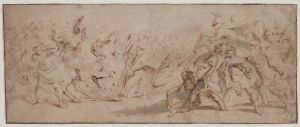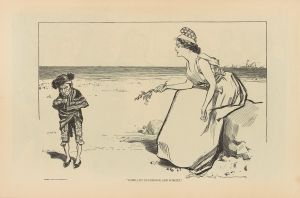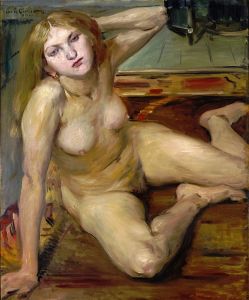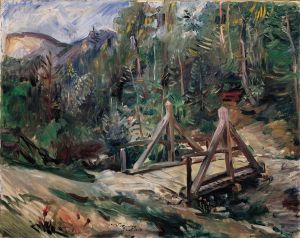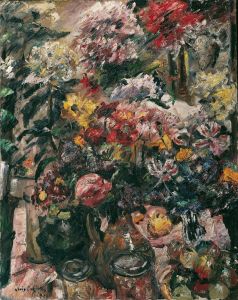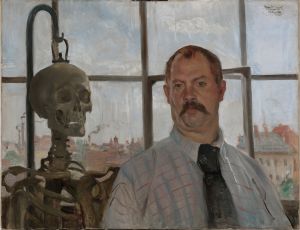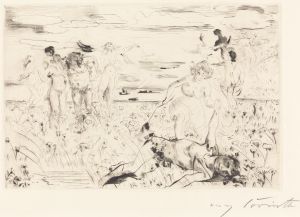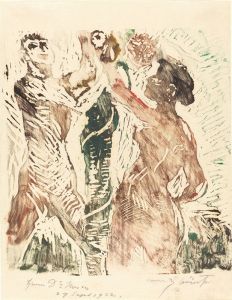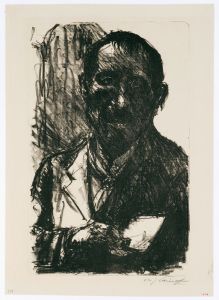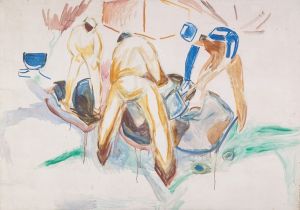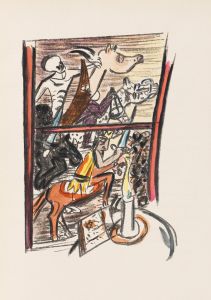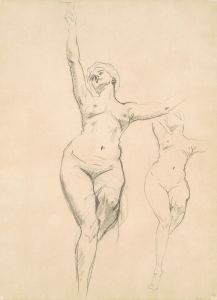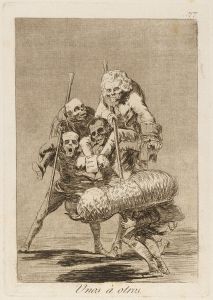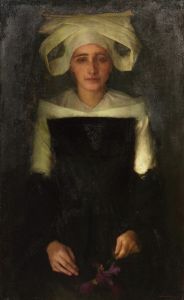
The Reconciliation
A hand-painted replica of Lovis Corinth’s masterpiece The Reconciliation, meticulously crafted by professional artists to capture the true essence of the original. Each piece is created with museum-quality canvas and rare mineral pigments, carefully painted by experienced artists with delicate brushstrokes and rich, layered colors to perfectly recreate the texture of the original artwork. Unlike machine-printed reproductions, this hand-painted version brings the painting to life, infused with the artist’s emotions and skill in every stroke. Whether for personal collection or home decoration, it instantly elevates the artistic atmosphere of any space.
Lovis Corinth, a prominent German painter and printmaker, created "The Reconciliation" (German: "Die Versöhnung") in 1911. Corinth was a leading figure in the transition from Impressionism to Expressionism, and his works often explored themes of human emotion, relationships, and the complexities of life. "The Reconciliation" is one of his significant works, showcasing his mature style and mastery of color and form.
The painting depicts an intimate and emotional moment between two figures, believed to symbolize reconciliation after a conflict. Corinth's use of dynamic brushstrokes and rich, vibrant colors conveys the emotional intensity of the scene. The composition is characterized by its dramatic contrasts of light and shadow, which heighten the sense of tension and resolution. The figures are rendered with a blend of realism and expressionistic distortion, a hallmark of Corinth's later works.
"The Reconciliation" reflects Corinth's interest in exploring human psychology and relationships. His ability to capture raw emotion and vulnerability is evident in this piece, making it a powerful example of his artistic vision. The painting also demonstrates his technical skill, particularly in his handling of texture and his ability to create depth and movement within the composition.
Lovis Corinth's career was marked by significant personal and professional challenges, including a stroke in 1911, the same year "The Reconciliation" was completed. This event had a profound impact on his life and work, leading to a shift in his artistic style. Despite his physical limitations, Corinth continued to produce compelling and innovative art, solidifying his legacy as one of the most important artists of his time.
"The Reconciliation" is housed in a public or private collection, though specific details about its current location are not widely documented. The painting remains an important example of Corinth's exploration of emotional and psychological themes, as well as his contribution to the development of modern art in Germany.
This work is often studied in the context of Corinth's broader oeuvre and the cultural and artistic movements of early 20th-century Europe. It serves as a testament to his resilience and creativity, as well as his ability to convey profound human experiences through his art.





